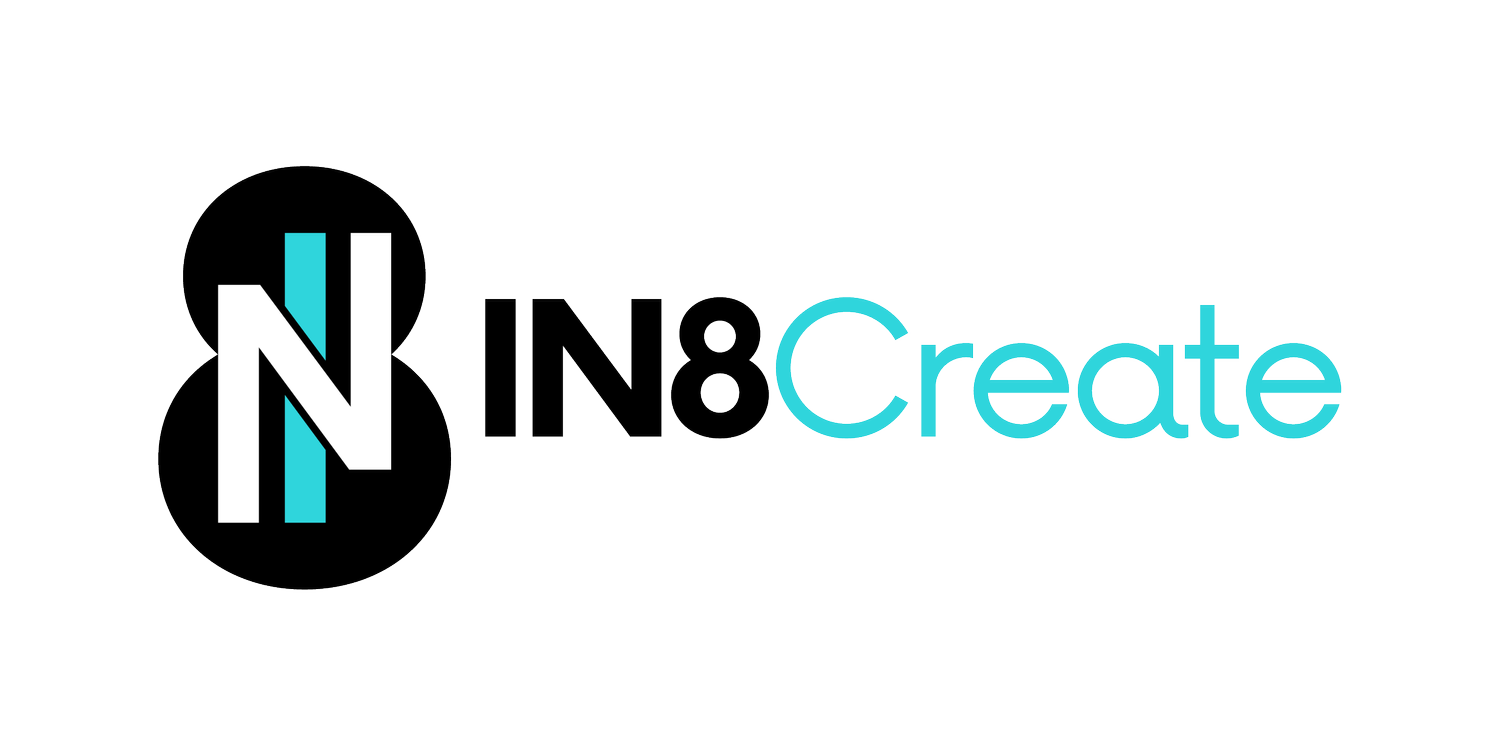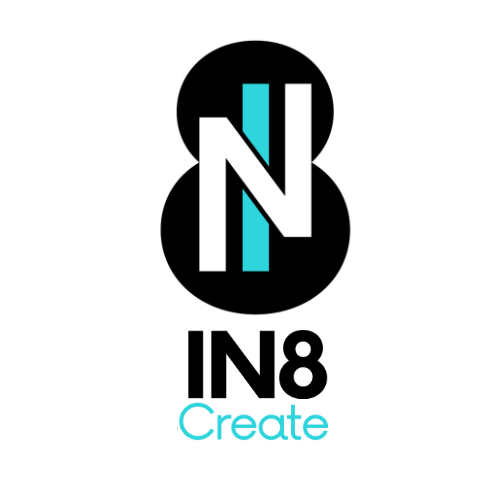HOW TO IMPROVE TEAM CULTURE
Remote work and changes in work culture have impacted innovation, collaboration, and engagement. Here we look at the make up of team culture to aid in discussion and exploration.
Video of Brandon Wetzstein explaining the three components of culture - organizational, team, and individual identity - and how they interconnect to form a cohesive workplace environment. Learn practical strategies for improving team dynamics through understanding these cultural elements.
Your company culture isn't what's hanging in your lobby. It's not your carefully crafted values statement or that inspirational mission paragraph nobody reads.
Culture is what happens when the meeting ends and people actually have to work together.
I've been thinking about this after watching teams struggle with "culture initiatives" that never stick. They spend months wordsmithing mission statements, redesigning office spaces, and hosting culture workshops—then wonder why nothing fundamentally changes.
Here's what I've discovered: Culture isn't something you implement. It's something that emerges from three overlapping realities.
The Three Layers That Actually Create Culture
Think of culture as three concentric circles that overlap and influence each other constantly:
1. Organizational Identity (The Big Picture)
This is the stuff everyone talks about:
Mission (why we exist)
Vision (where we're headed)
Values (what we claim to care about)
But here's the thing—these only matter if they connect to actual behavior. Your mission statement means nothing if your team can't explain how it shows up in their daily work.
2. Team Identity (Where Culture Lives)
This is where culture gets real:
Team purpose (not just org purpose, but why THIS team matters)
Team values (the 3-4 things that actually guide decisions)
Communication patterns (how you really share information)
Decision-making (who decides what, and how)
Interactions (the unwritten rules about how you treat each other)
Most culture problems live here. Teams with unclear purpose, conflicting values, or broken communication create toxic culture regardless of what the company mission statement says.
3. Individual Identity (The Human Element)
The part everyone ignores:
Talents and strengths each person brings
Experience and background that shapes perspective
Stressors that affect performance
What brings them joy and energy
Interests and hobbies outside work
Your culture is only as strong as your ability to see and leverage the whole person, not just their job description.
Where Magic Happens (The Overlap)
The real culture emerges where all three circles intersect. When someone's individual talents align with clear team purpose AND organizational mission—that's when you get the innovation, collaboration, and engagement everyone's chasing.
But when these circles don't overlap? You get people going through the motions, playing politics, or quietly job searching.
The Starting Point Nobody Talks About
Here's what every culture consultant misses: You can't fix what you don't discuss.
Most teams have never actually talked about their team identity. They've sat through company all-hands about organizational values, but they've never answered basic questions like:
"What makes our team specifically valuable?"
"What are the 3 non-negotiable things about how we work together?"
"How do we actually make decisions when things get complicated?"
And individual identity? Forget about it. Most teammates know less about each other than they do about characters in their favorite TV shows.
Why This Matters More Than Your Culture Deck
Innovation happens when diverse perspectives collide in safe spaces. Collaboration emerges when people understand each other's working styles and motivations. Engagement comes when individuals see how their unique contributions connect to something meaningful.
You can't manufacture any of that with company swag and team happy hours.
But you can create conditions where culture naturally develops by getting intentional about identity—organizational, team, and individual.
The Simple First Step
Want to actually impact your culture? Start by getting your team talking about identity.
Not in some formal "culture initiative" with PowerPoints and breakout sessions. Just real conversations about who you are, what you're trying to accomplish together, and how each person's unique perspective contributes to that goal.
Because culture isn't what you declare in your company handbook. It's what emerges when people who understand themselves and each other get to work on something that matters.
And that conversation? That's where real culture change begins.
Ready to help your team discover their actual identity? We create structured experiences that make these conversations happen naturally. Your team will literally build their understanding of what makes them unique—no corporate speak required.
Related Content:"
https://www.in8create.com/blog/the-team-assessment-that-speaks-human
https://www.in8create.com/blog/the-science-of-team-chemistry


